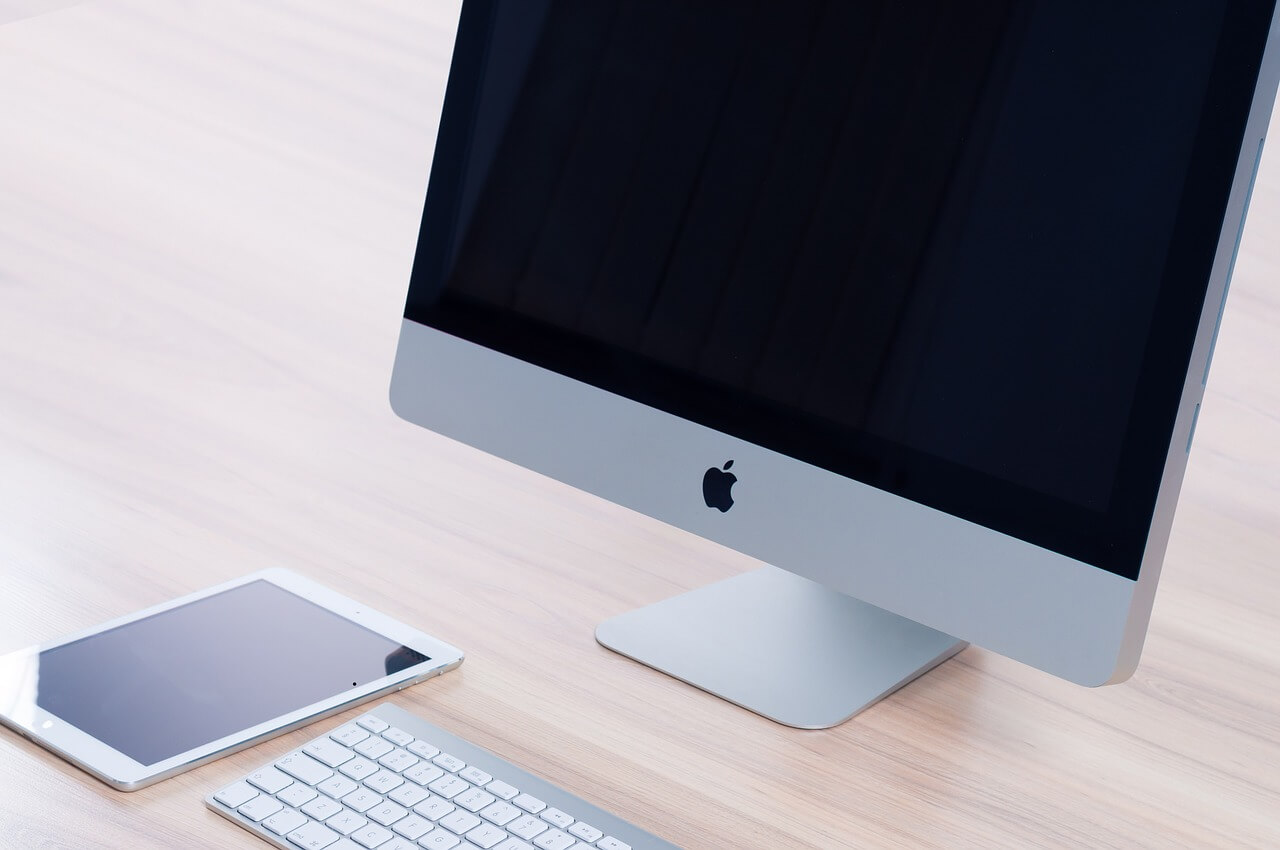13 Ways To Clean & Optimize Your Mac Smoothly

Every Mac user knows that the regular usage of the system fills their mac with junk, cache files, small or large files, duplicates, trash and even those applications that you downloaded once but don’t use anymore. This fills up the space unnecessarily and creates sluggishness, bothering your daily tasks.
If you sit for a day and try cleaning the files randomly, it is going to be a long and hectic one. So now the question is how to clean up your mac with step by step process and get the system running flawlessly?
Pro Tip:
The first step before anything else is downloading ‘Cleanup My System’ on your mac. We highly recommend you to use this tool because it is known for restoring speed, improving productivity, freeing up storage space and giving out the best performance. There are features like:

- One click smart care which can scan and tune up the system.
- Protects privacy on the web so that your personal data remains protected.
- Makes room for important files by freeing up the space like cleaning junk, cache, large files and mail attachments.
- Manage the startup items so that no random apps just startup as soon as you open the system and hogging the resources.
- Protects your identity from getting exposed so that no intruder can peek into your personal space.
This tool acts as the fastest way to cleanup and optimize your mac. Scroll down to find it working!
Also read: 11 Awesome Reasons for Buying a MacBook
How To Clean Your Mac Using ‘Cleanup My System’?
Follow the steps mentioned below to remove junk and programs from your mac and get its functionality smoother than ever.
Step 1: Download and install Cleanup My System on your Mac, to begin with.
Step 2: Click ‘Start Scan’ from its interface and let it run on the Mac.

Step 3: As the system scanning is done, you are informed about the available junk, old and large files and those files which can be removed for better performance. You can even choose to ‘Review Details’ of every module and find what’s bothering the system.

Step 4: Click ‘Clean Now’ to get rid of all the junk and unwanted files and you will be able to feel the lightweightedness already.
Apart from the quick process above, you can check out the left hand side of the interface and select individual modules like Cache & Logs, Junk, Mail Attachment, trash, Privacy, Identity, Startup Manager and others for in-depth work. Choose to uninstall applications using the module of ‘Uninstall Apps’ which make it one of the best uninstallers of all time.
This method was the easiest and automatic way to clean and optimize your mac. However, if you wish to learn the manual ways then we have a few more steps to guide you here.
Also read: How to protect the eyes from computer radiation
Manual Ways To Clean Your Mac

1. Update macOS & Installed Software
Updating all the installed software is definitely a good task to optimize your mac. Also, make sure that you install all the security patches, app updates, and fixed bugs. If Apple has also released any update for your mac, make sure to update it as well. This method helps in keeping all the vulnerabilities and security in check and the system is also updated with new features already.
In order to make the update, click the Apple icon on the top left corner > About this Mac > Overview tab > Hit software update.
2. Cleanup Desktop
Have you just checked your desktop? Although it seems like the easiest of all the options, some of us really keep it messed up. Thankfully, you can fix it all easily. Yes, you need to manually check everything that is hung on the desktop wall and remove them one by one by cutting down the unnecessary items or placing them in trash.
The trash can be later cleaned up either manually or just by using CleanUp My System. Understand that Finder treats a folder or a file as a complete window on the desktop. This makes the system slowdown and hence shall be sorted.
3. Follow The Rule Of 15%
Just like it is advised to keep our stomach 15% empty so that we can function easily after eating food, your mac also wants to have that space. If the hard disk space is not free in optimum amount then the system tends to act slower. Not only slow, sometimes it even freezes the whole system. Thus in order to enhance the speed and performance of Mac, make sure that you leave 15% space free in your hard disk.
4. Clean Up Cache
Cleaning up cache is much required and recommended when you need to optimize your system. It is because cache files store information about the files and apps you have recently accessed, it tends to reduce the time for original information from the source. These files start occupying space slowly and make the performance slower. In order to clean the cache, you can use Cleanup My System, visit the cache and clean it up.
5. Find & Delete Duplicates

We all can understand that duplicate photos can occupy unnecessary space in your Mac and finding as well as removing them is hell of a task. Instead of letting these duplicate photos or videos occupy space, download Disk Clean Pro on your Mac. Go to the ‘Duplicates Finder’ module here, let the tool scan out for you and click ‘Clean Now’ for perfection.
6. Uninstall Unwanted Apps
Those applications which are not required in the mac anymore shall be removed for smooth performance of the system. Even if you can drag and drop the app in the trash, it may leave its associated files all over the system, still occupying the precious space. Here, you can use any of the best app uninstallers for mac. We recommend using Cleanup My System where an Uninstaller is already present in the name of ‘Uninstall Apps’.
7. Empty Trash
If you think that deleting apps from the system alone is enough then you need to rethink. It is because all the deleted files lie in the trash and shall be removed completely. You can click on the Trash icon by using two fingers on the touchpad and choose ‘Empty Trash’. With that, you can even choose to use CleanUp My System, go to the Trash module and delete the trash items.
8. Cut The Clutter Out
Because a Mac which has been in usage for a very long time automatically gets cluttered, mac has given an in-built solution to your problem already. In order to declutter your mac, follow these steps here.
- Click on Apple menu > About this Mac > Storage
- Notice used and free space graph.
- Click Manage and follow the recommendations.
9. Delete Old & Unused Files
More the free space, the faster is your mac. If you are someone who creates designing work or photographer or videographer, you must already be aware of numerous files hogging up the space in your mac. One of them is old and unused files. These files must be deleted from your mac to make appropriate space and can be done by using Cleanup My System or Disk Clean Pro.
10. Clean Unwanted Language Files
In order to ease the mac users, mac applications come with different language files. This sounds so cool but we definitely don’t use all the languages. Hence you can choose to remove some language files which are wasting the storage space.
For this, go to Finder > Applications > select the specific app for which you want to remove languages > Show package content.
Open Resources folder > notice the folders ending with .lprog and here look for the language you wish to remove. Select it, right click and move to bin. This way you can remove all the unwanted languages and save space for the Mac’s functioning.
11. Delete Old Disk Images
In order to clean unwanted and old disk images, follow these steps.
- Open Finder and type disk image in the search bar.
- Choose the files ending with .dmg extension > Right click > Move to Bin.
- Empty the trash bin.
Now you will be able to free yourself from the DMG files from mac.
12. Remove Apps Which Are Resource Hungry
Just like you are uninstalling those apps which are not needed in the system, it is also required that you remove resource hungry apps. The question is how to find those apps which eat the resources. Here we go:
- Go to Finder menu > Applications > Utilities > Activity Monitor > Memory tab
- All the resource hogging apps will be displayed in front of you.
- Now click the X button on the top left.
- Next, go to the CPU tab, choose the apps which eat the memory and remove them.
13. Delete Old iTunes Backup

When the backup of data gets outdated despite keeping backups as a good habit, the mac gets overloaded. If you remove iTunes backup, you will be able to save gigabytes of space automatically. The best to do so is using the tool Disk Clean Pro!
- Download and install Disk Clean Pro on your Mac.
- Go to Misc Cleaning from the module > iTunes Device Backups > Start Scan.
Select all the backup files you don’t even need anymore and remove them.
Conclusion
We hope that you have found out ways to clean and optimize your mac with us and will take the actions which are required to maintain the overall performance of mac. Share your views with us in the comments section below.
Also read:
- Windows 10 slow computer solution
- How do Computer screen video recording
- How to protect your computer from hacking


